What is the best business model for your marketplace?
Whether you are starting a new marketplace, looking to expand your current marketplace, or need to change your model. Get inspired by these models:
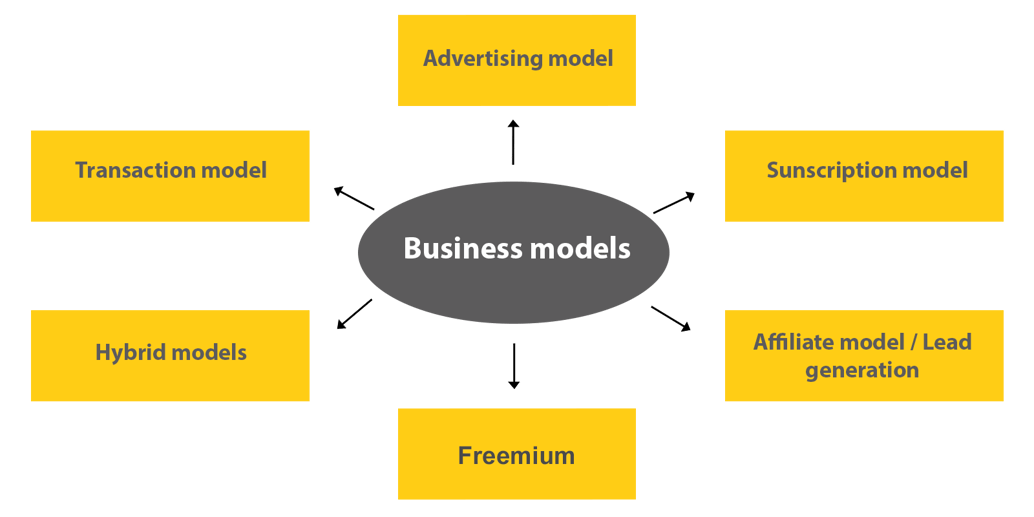
Marketplaces are not short term projects; often the stakes and turnovers in the chosen market are large, and therefore a solid and sustainable business model is needed to support the marketplace. Both large and popular marketplaces such as bol.com and Amazon and smaller niche players have a wide choice of different business models to choose from. Let’s have a closer look at each of them.
1. Advertising model
Advertisements are the traditional business model for Marktplaats.nl, for example. The American Craigslist has also become big with it. These sites are based entirely on user ads and also make use of traditional bannering. The latter form of advertising is declining across the board, but still constitutes a substantial source of income.
The added value of the platform or marketplace website is very clear: it gathers visitors to an online destination and guarantees a lot of visibility. Generally speaking, placing an ad is free - this way the platforms create sufficient volume - but in certain categories the sites charge a fee.
The traditional advertising model has evolved in recent years to include additional services. It is also combined with other business models. Etsy , for example, is an example of a B2C marketplace that uses the commission model AND charges a fee for placing new ads. By using both the commission model and the ad model, Etsy gets revenue from both popular and less popular items.
Marktplaats.nl has expanded in recent years with additional features, such as highlighting ads for a fee, or 'dialing up' ads, which allows a user to give their initially free ad a better position through a small contribution.
 The advertising model does not guarantee revenue for suppliers, and therefore the fee should not be too high. Thus, a sustainable business model that depends solely on ads needs high visitation rates. An advertisement does not guarantee that an item will be sold, and therefore it is difficult for the platform to make clear that it offers added value to the seller. For this reason, many advertising platforms are switching to a "cost per sale" model, where people are charged per sale.
The advertising model does not guarantee revenue for suppliers, and therefore the fee should not be too high. Thus, a sustainable business model that depends solely on ads needs high visitation rates. An advertisement does not guarantee that an item will be sold, and therefore it is difficult for the platform to make clear that it offers added value to the seller. For this reason, many advertising platforms are switching to a "cost per sale" model, where people are charged per sale.
2. Subscription model
The subscription model has been around for many decades in the offline world, for online marketplaces it can also provide solid and predictable sales. Hellofresh makes use of this; the subscription costs allow the company to make timely and targeted purchases. Boldking, a supplier of razors, is also able to predict sales well thanks to its subscriptions. The model also works well for service providers, such as babysitting center Charlycares. The house-sitting centers Kiwihousesitters and Aussiehousesitters , which are popular in the southern hemisphere, have house seekers pay an annual fee. In this way, they create a barrier in order to admit only truly dedicated - and screened - sitters, so that homeowners can trust the sitters. Registration is free for the homeowners. With dating sites, too, the knife cuts both ways; the membership fee throws up a barricade for non-serious users and the platform has a steady income.
The danger that lurks with the subscription model is the chicken-and-egg discussion; how do you get providers if you don't already have buyers, and vice versa? A critical mass is needed to make the platform valuable to both suppliers and buyers. This can be circumvented by giving high discounts to early adopters.
Pharmaoffer.com, a platform for pharmaceutical drugs, has moved beyond the chicken-and-egg discussion and delivers value with well-stocked files of buyers and sellers. Both need a subscription to see the other's data, and as an added value, the platform verifies users.
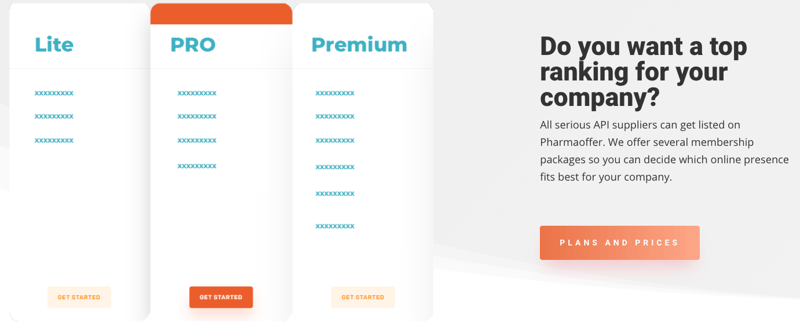
An intermediate form is also possible. For example, Werkspot sells credits to handymen, which allows them to respond to jobs offered by individuals. This is not a subscription model, more of a 'payment on the go'. This does mean that it is more difficult for Werkspot to predict the turnover, because handymen have all the freedom they need to buy or not buy credits.
3. Transaction model
Earning via the transaction on a platform is a business model that is by far the most common: When a customer pays a supplier, the platform facilitates the payment and charges a percentage or a fixed amount. It's also a customer-friendly model; buyers don't have to deal with hidden fees and sellers only pay when they do indeed sell something. AirBnB works this way. In the same market, rental site Micazu switched from a subscription model to a transaction model. Landlords initially paid a monthly fee to place their vacation home on the site. If a tenant responded, Micazu stepped out from in between the two parties. To facilitate rentals faster and better, the platform now also handles the transaction, for which it receives a fee.
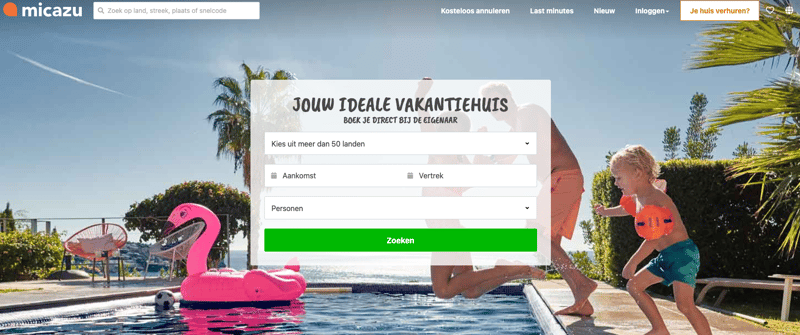
For this model to work, the platform must offer sufficient value for both client and provider. If that added value is not there, users will find a way around the transaction system.
Pricing also needs to be scrutinized. Is the fee a percentage, or a flat fee? Is it the same for all users? Do you lure customers with a low fee only to raise it later?
So the transaction model is common, but not always appropriate. When selling cars or real estate, for example, it is difficult to determine the fee, because the transactions generally represent a high value. Also, if the offer is complex, with many different pricings and offers, it can be difficult to determine the right fees.
The transaction model can go a long way. Take the U.S.-based Upwork, where companies can hire freelancers. Clients pay a monthly fee for access. The freelancer does not pay, but if they win a job through the platform, payment must be handled through Upwork's platform. This even goes so far as to require the freelancers to install a timer app, so that the client can check whether indeed the agreed-upon hours have been spent on the assignment. In doing so, the platform also takes screenshots, as an additional means of verification for the client.
4. Affiliate model / Lead generation
A model that is very accessible to users is the model based on lead generation. This generally allows users and providers to use the platform for free. The counter only starts running when an advertisement is clicked on or when a transaction is made. The Dutch company Beslist.nl has set up a successful marketplace using this model. It offers an open platform and only earns from visitors' clicks.

5. Freemium
How do you make money with a marketplace where people post ads for free, which also represent little value? Marketplaces that suffer from this shortcoming look for it in premium services; the platform's initial service is free for users, but they can pay for additional services. The freely accessible Peerby, where individuals can borrow items such as hedge trimmers and drills from each other, spent years looking for a revenue model. Because users don't want to pay to borrow a vacuum cleaner from a neighbor, the site decided to get its earnings from additional services: users can take out insurance against loss or theft, and they can pay an amount to have the borrowed item delivered to their home.
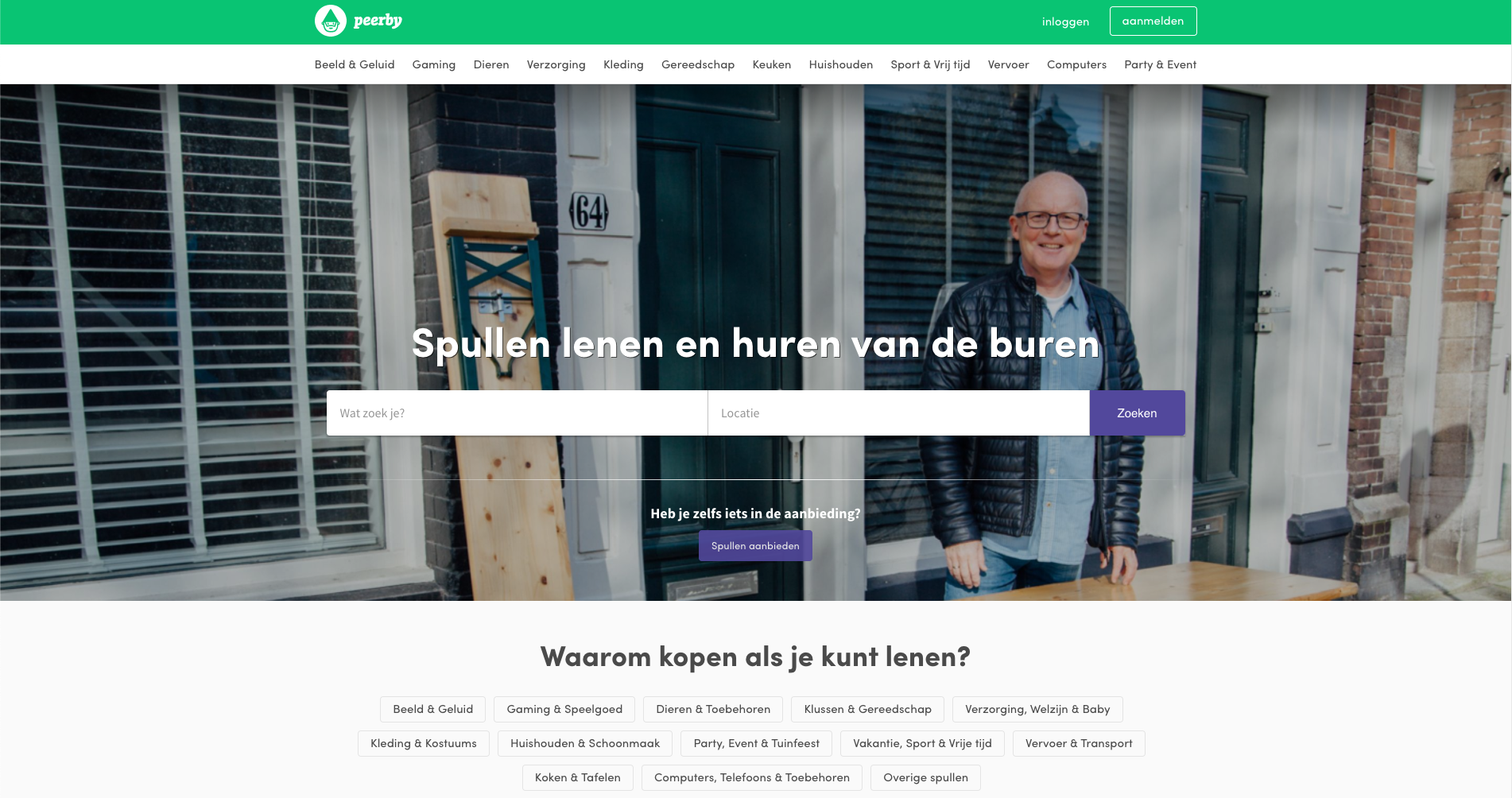
The logic behind the freemium model is that the offering is free, but after users become enthusiastic users, the platform offers value-added paid features. The challenge for this model is that the paid services must offer enough value to be enticing to a large portion of your users.
6. Hybrid models
Is there more? Certainly. In addition to these models, more variants are circulating, often hybrid models. These combine facets from different business models. For example, Ticketswap uses the cost-per-sale model. Advertising here is free, but the transaction must go through Ticketswap, where they receive a fee. Ticketmaster and Eventbrite also work this way.
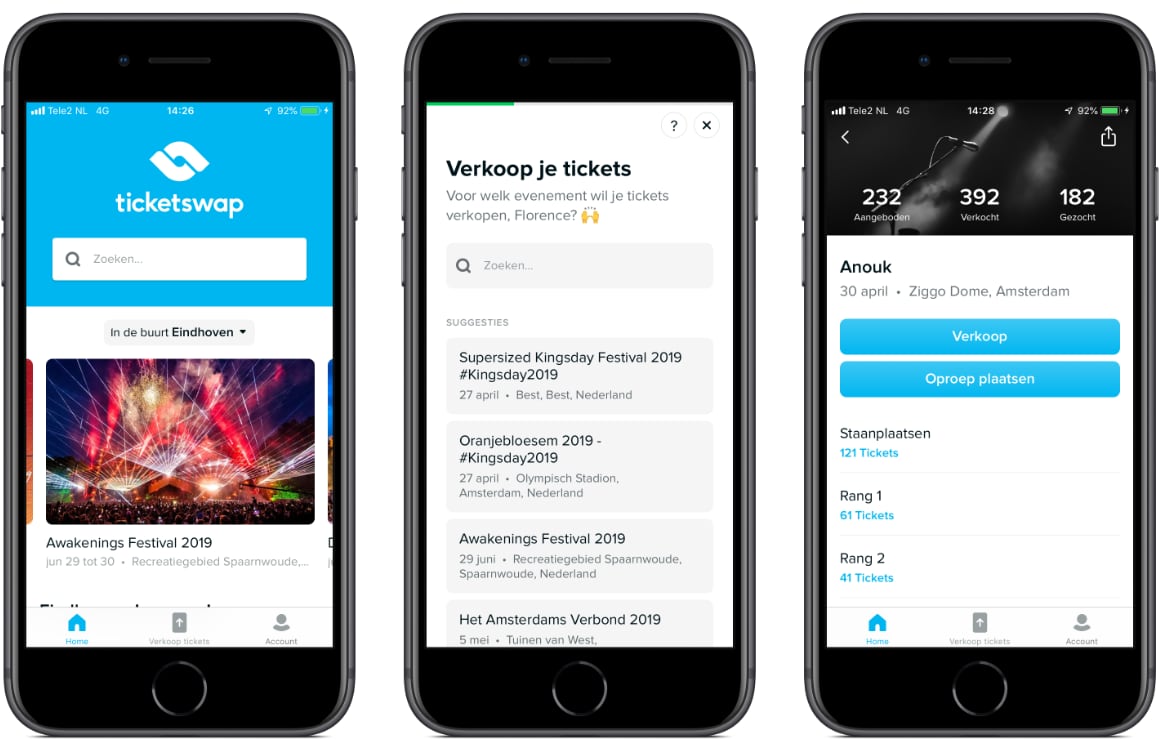
Viewers can subscribe to streamers on Twitch or Youtube. Fans support streamers, for example, with a subscription of 1 euro per month. This can generate a lot of revenue for streamers with a large fan base, especially if they also have a shared revenue model with the platform, where they profit from the commercials surrounding their streams.
Platforms can also apply multi-split, where they receive a kickback fee on third-party products. Nature.House rents out vacation homes, but users can also immediately rent bikes or book a picnic when they book. The renter pays all at once at Natuurhuisje, which then receives the fee from the other providers.
Furthermore, platforms can earn money after a transaction. For example, a platform's service where individuals can buy houses from each other is free, but the underlying notarial services are arranged and paid for by the platform.
Modern marketplaces and platforms often use different business models. If the platform "owns" the transaction and charges a fee on all purchases, a platform is generally on the right track. This method is highly scalable and often lucrative and also improves the user experience. It is important for your platform to figure out which model fits best. Start with one model, try it out, and expand with multiple models if success follows. In this way, you will build a sustainable platform that can stand up to rough treatment.

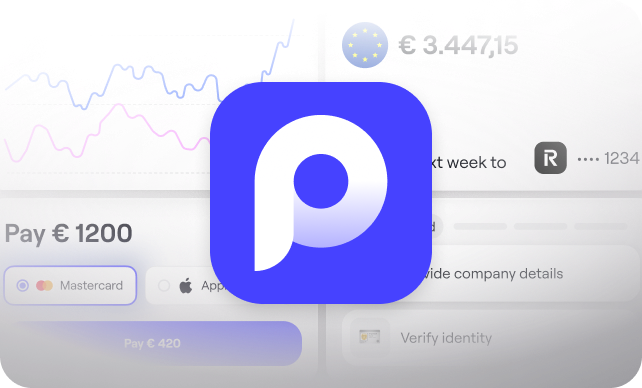
.svg)
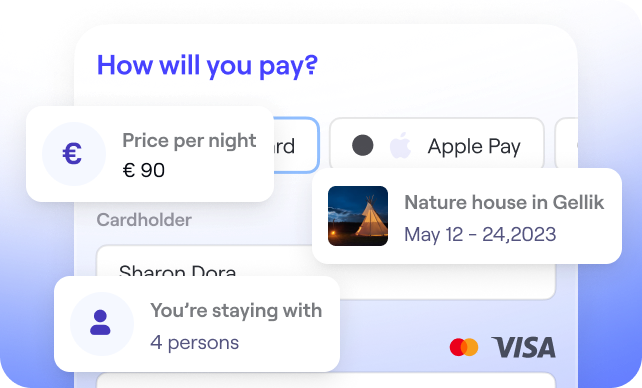


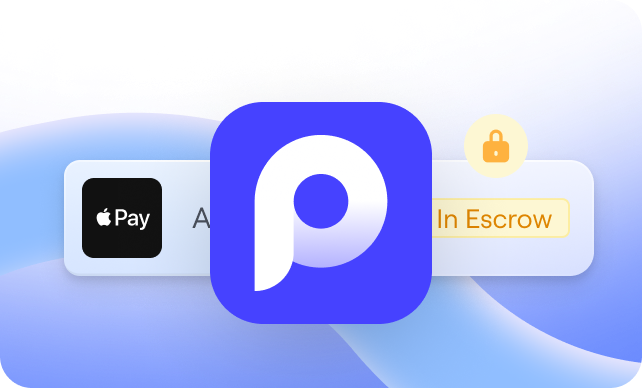

.svg)
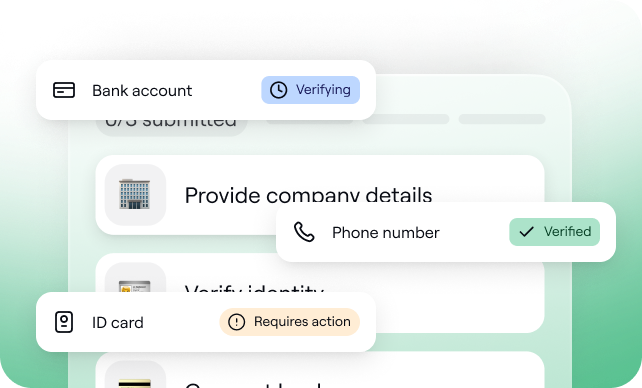
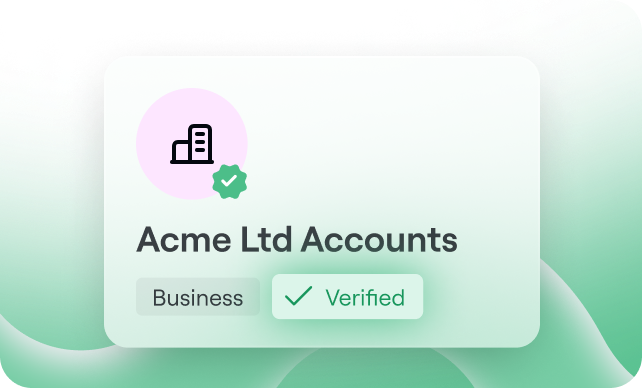
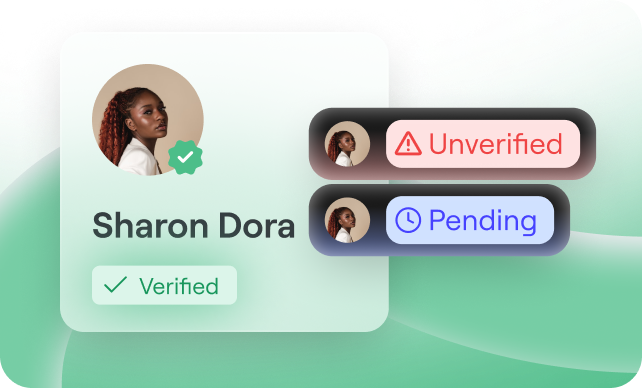

.svg)
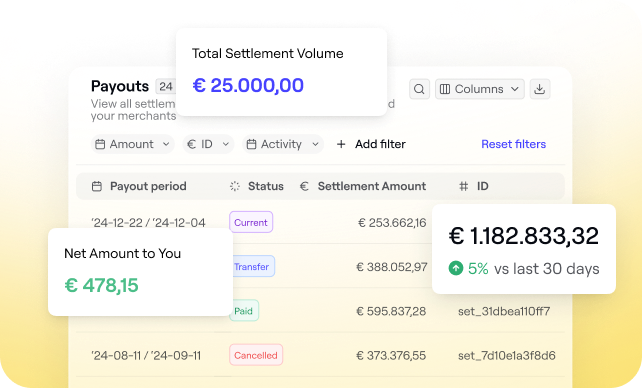
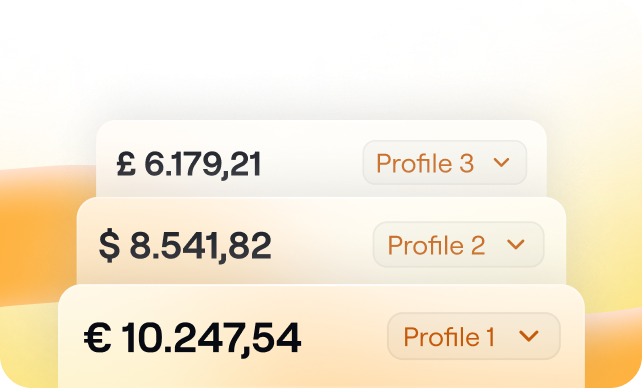
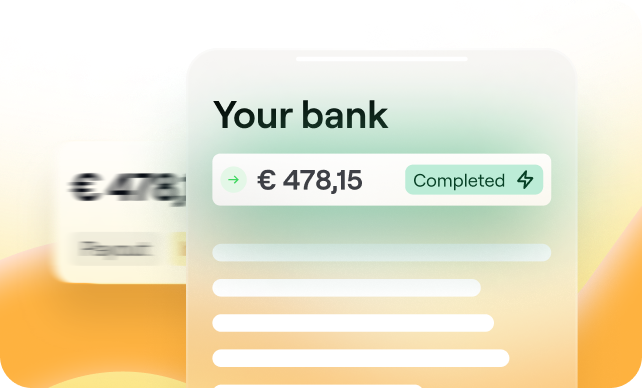
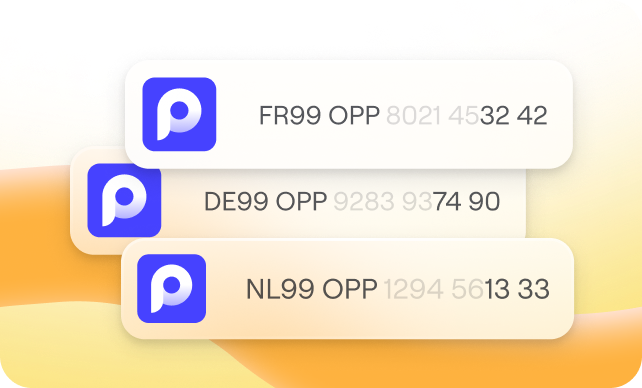
.svg)
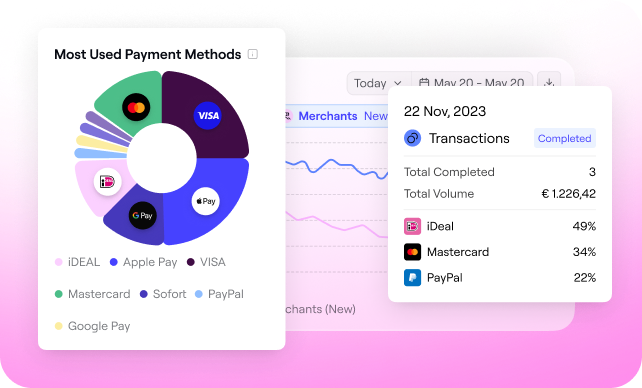
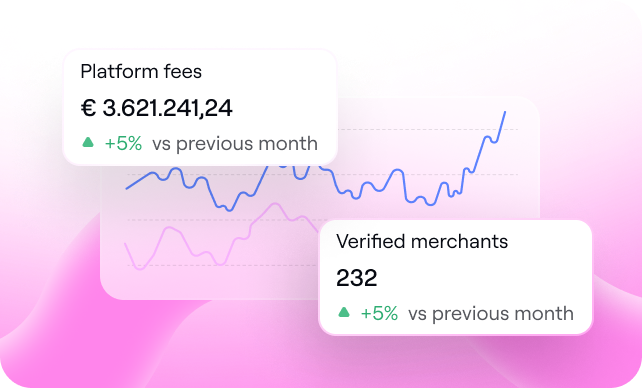
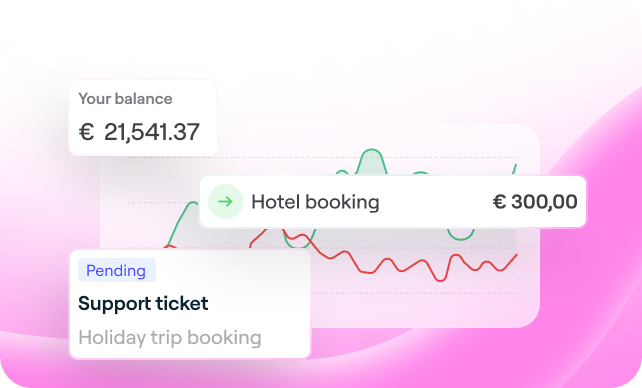
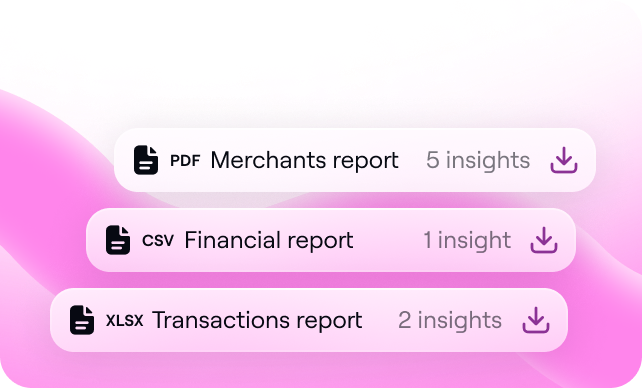
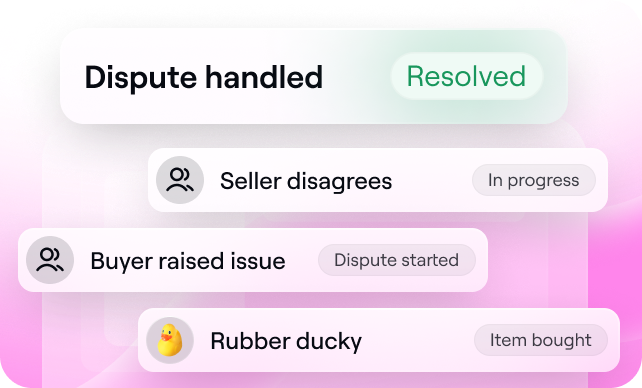







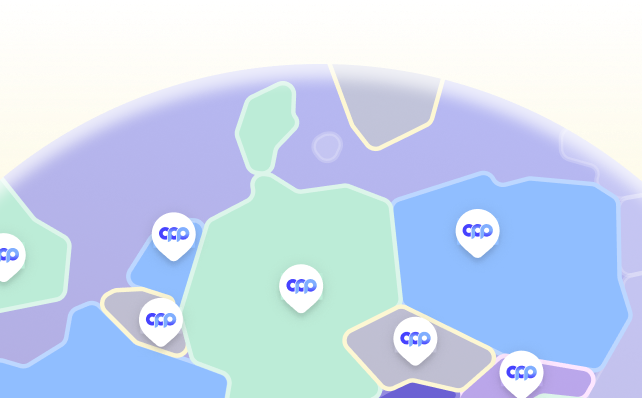




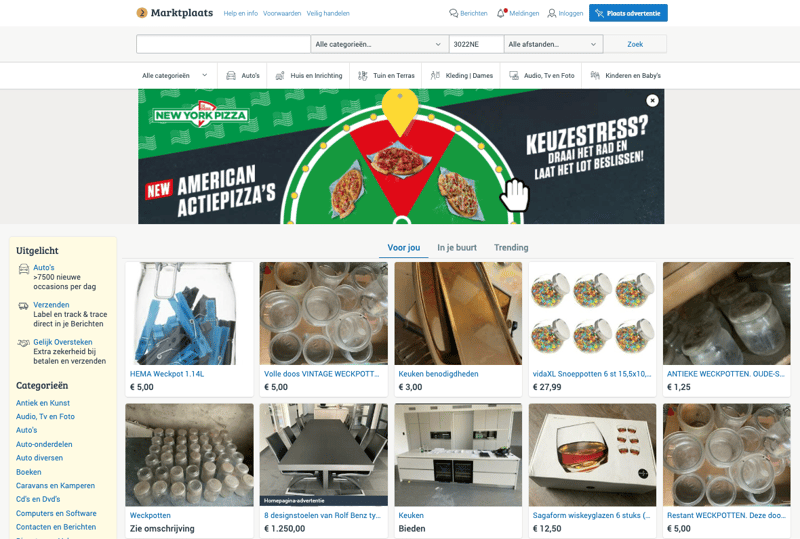
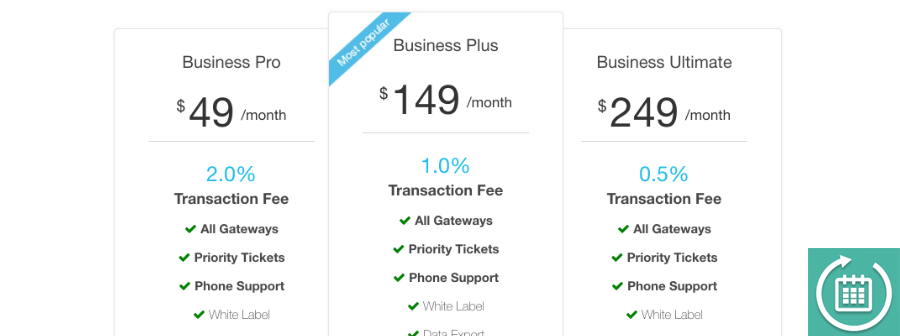

%20(1).png?width=1300&name=Copy%20of%20Copy%20of%20Blog%20post%20(1620%20x%201080%20px)%20(1).png)



.png)
.png?width=75&height=51&name=Worldline%20(2).png)